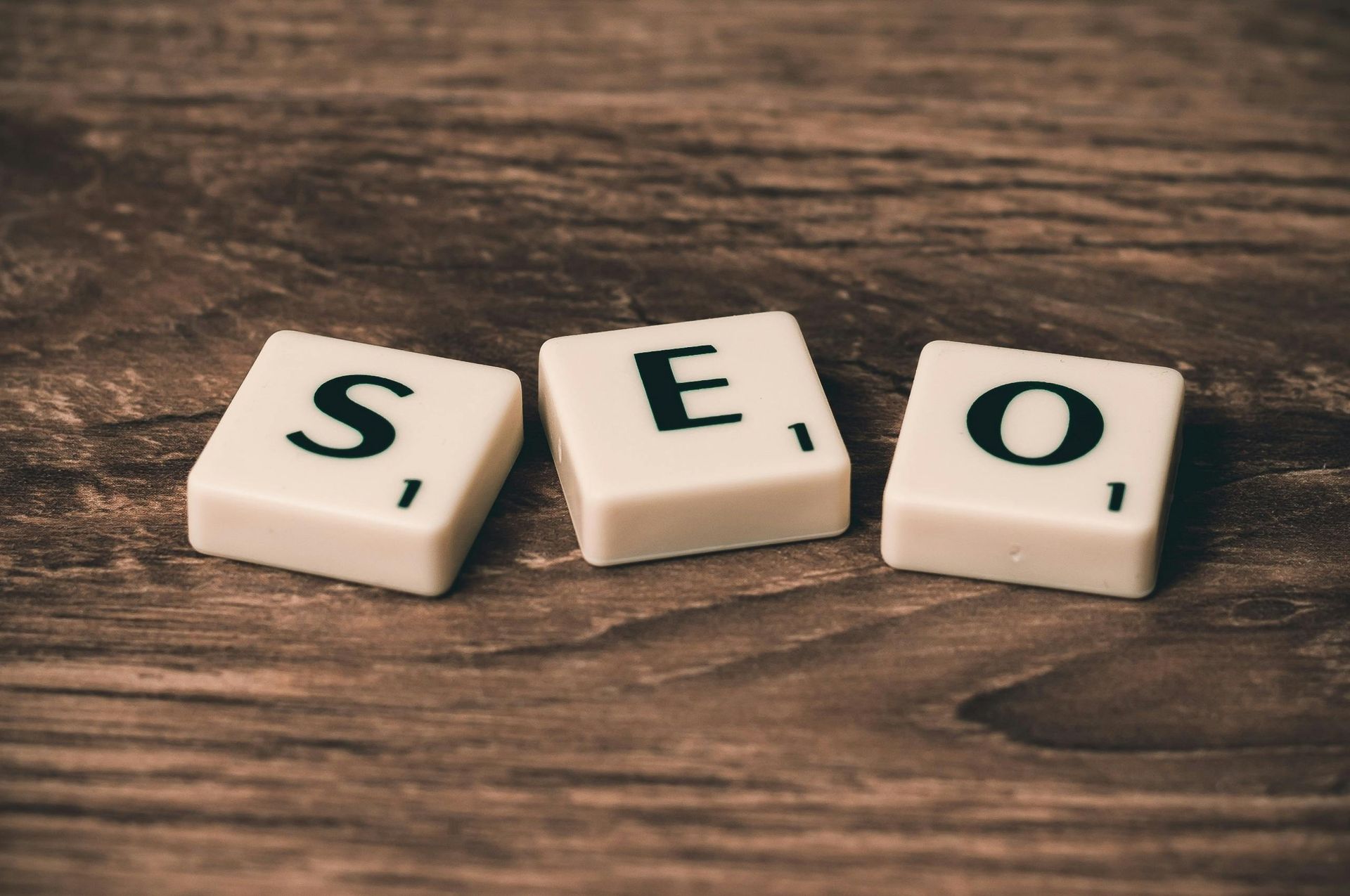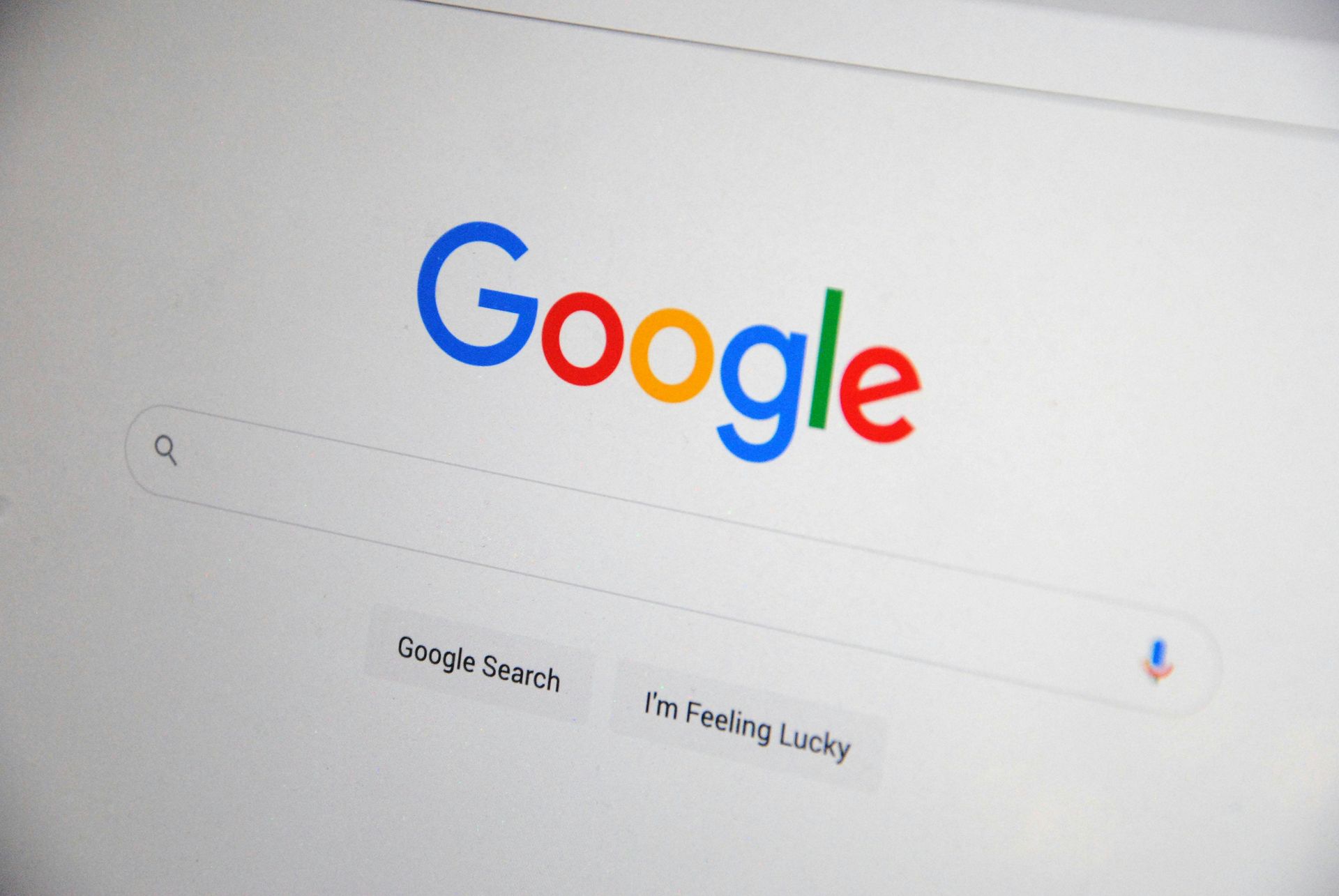Google Ads Marketing for Small Businesses: A Beginner’s Guide to Success
Google Ads Marketing for Small Businesses: A Beginner’s Guide to Success

For small businesses, getting found online can be a challenge—especially when competing with larger brands. That’s where Google Ads marketing comes in. Google Ads allows small businesses to instantly appear at the top of search results, attract high-intent customers, and drive immediate traffic to their website.
At Hatch Strategies, we help small businesses develop and manage high-performing Google Ads campaigns that maximize visibility, conversions, and return on investment (ROI). Whether you're new to Google Ads marketing or looking to improve your strategy, this beginner’s guide will break down how to use Google Ads effectively for small business success.
1. Why Google Ads Matter for Small Businesses
Google Ads is one of the most effective digital marketing tools because it allows businesses to reach potential customers at the exact moment they are searching for products or services.
Benefits of Google Ads for Small Businesses:
- Instant visibility – Appear at the top of Google’s search results immediately.
- Targeted advertising – Reach customers based on location, interests, and search intent.
- Budget control – Set daily limits and only pay when someone clicks your ad.
- Measurable results – Track ad performance and optimize campaigns in real-time.
- Higher conversion rates – Capture high-intent leads who are actively looking for your services.
Example: A law firm in Miami using Google Ads can target searches like “best personal injury attorney in Miami”, ensuring their firm appears before competitors in paid search results.
2. Understanding Google Ads Campaign Types
Google Ads offers multiple campaign types, but for small businesses, the most effective options are:
1. Search Ads (Pay-Per-Click - PPC)
- Best for: Service-based businesses like law firms, home repair, and medical practices.
- How it works: Your ad appears at the top of Google search results when people search for relevant keywords.
- Why it’s effective: You only pay when someone clicks, making it budget-friendly.
2. Local Services Ads (LSAs)
- Best for: Home services (plumbers, electricians, HVAC, pest control).
- How it works: Ads appear at the very top of Google with a Google Screened badge.
- Why it’s effective: Customers trust LSAs more because businesses must be verified by Google.
3. Display Ads (Visual Banner Ads)
- Best for: Building brand awareness for retail, restaurants, and e-commerce.
- How it works: Your ads appear on Google’s Display Network, including YouTube and websites.
- Why it’s effective: Great for retargeting customers who have previously visited your site.
4. Remarketing Ads (Retargeting Visitors)
- Best for: Businesses with website traffic but low conversions.
- How it works: These ads follow visitors after they leave your website, reminding them to return.
- Why it’s effective: Converts previous visitors into paying customers.
Example: A med spa in New York uses remarketing ads to remind website visitors about their services, leading to a higher booking rate.
3. How to Set Up a Google Ads Campaign for Small Business Success
Step 1: Define Your Goals
Before launching a campaign, identify what you want to achieve:
- More website traffic – Drive visitors to your site.
- More phone calls – Encourage customers to contact your business.
- More store visits – Target local customers for in-person sales.
Step 2: Choose the Right Keywords
Keywords determine who sees your ads, so selecting the right ones is crucial.
- Use Google Keyword Planner to find high-intent search terms.
- Focus on long-tail keywords (e.g., “affordable personal trainer in Houston”).
- Use negative keywords to filter out irrelevant searches (e.g., “free,” “DIY,” etc.).
Example: A roofing company in Dallas targets keywords like "roof repair near me" and adds "free roofing estimates" as a negative keyword to avoid people looking for unpaid services.
Step 3: Write High-Converting Ad Copy
Your ad copy should:
- Include keywords in the headline.
- Highlight a unique selling point (e.g., “24/7 Emergency Plumbing in Chicago”).
- Use a clear call-to-action (CTA) (e.g., “Call Now for a Free Quote!”).
Example: A car detailing service in Los Angeles runs an ad with the headline “Get Your Car Looking Brand New – Same-Day Detailing in LA”, making it compelling and location-specific.
Step 4: Set Your Budget
Google Ads works on a pay-per-click (PPC) model, meaning you only pay when someone clicks on your ad. Start with a small daily budget, track performance, and adjust based on which keywords and ads generate the best ROI.
4. Optimizing Your Google Ads for Maximum ROI
Track Performance with Google Ads Insights
Monitor key metrics to improve your campaign:
- Click-Through Rate (CTR) – The percentage of people who click on your ad.
- Conversion Rate – How many ad clicks result in actual leads or sales.
- Cost Per Click (CPC) – The amount you pay for each ad click.
- Return on Ad Spend (ROAS) – How much revenue your ads generate compared to costs.
Use Geo-Targeting to Reach Local Customers
- Set location targeting to show ads only in your service area.
- Use radius targeting (e.g., 10 miles around your business).
- Exclude locations where you don’t want to attract customers.
Example: A wedding photographer in Atlanta sets their ads to target only users within 30 miles, ensuring they reach local clients rather than out-of-state users.
A/B Test Your Ads for Better Results
- Create two versions of an ad to see which one performs better.
- Test different headlines, descriptions, and CTAs.
- Adjust bids and keywords based on which ads generate the most conversions.
Example: A law firm tests two ad headlines: “Top Personal Injury Lawyer – Free Consultation” vs. “Injured? Get a Free Case Evaluation Today”. The second one gets more clicks, so they optimize future ads based on that data.
5. Why Google Ads and SEO Work Best Together
While Google Ads delivers immediate traffic, SEO helps build long-term visibility. Combining both strategies helps small businesses:
- Dominate search results by appearing in both paid and organic listings.
- Lower ad costs over time as organic rankings improve.
- Attract high-intent customers who trust both ads and organic results.
At Hatch Strategies, we provide Google Ads management and SEO content marketing to ensure your business gets both short-term wins and long-term success.
Final Thoughts: How to Succeed with Google Ads Marketing
A well-managed Google Ads campaign can:
- Increase your business’s visibility and attract more local customers.
- Drive immediate traffic to your website or store.
- Provide measurable results to optimize ad spend and improve ROI.
- Give small businesses a competitive edge over larger brands.
At Hatch Strategies, we specialize in:
- Google Ads campaign setup & management to maximize conversions.
- Keyword research & targeting to attract high-intent customers.
- SEO content marketing to complement paid ad efforts.
- Creative ad copy & landing page optimization for higher engagement.
Want to start running Google Ads for your small business? Contact Hatch Strategies today, and let’s build a campaign that gets real results. 🚀












